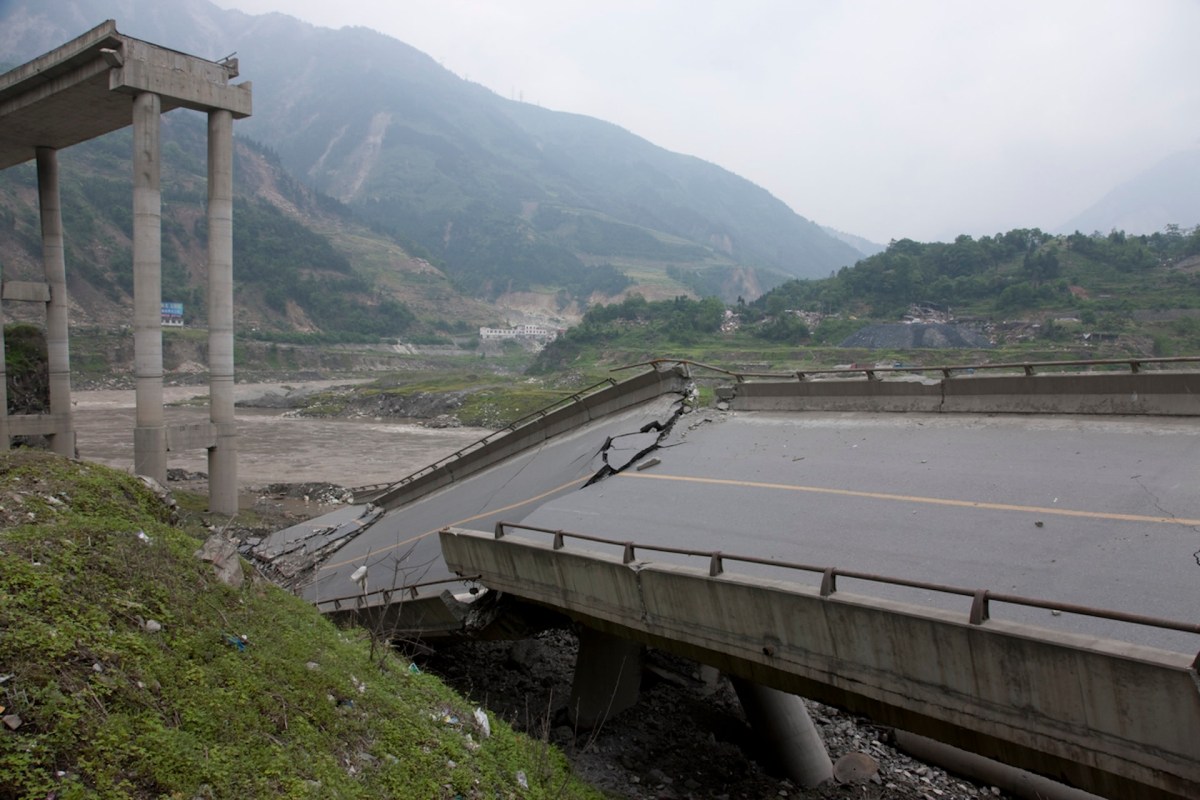The progress of geothermal energy generation has been stunted by a few factors, including the high costs of building the appropriate infrastructure, the efficiency of existing technologies, and the acquisition of land that would be perfect for the production of this type of carbon-free power.
However, the possibility that drilling thousands of feet into the Earth could cause earthquakes — particularly for the "enhanced geothermal systems" that pump water into the ground, as Yale Climate Connections has explained — is also a reason for trepidation, and scientists have been trying to better understand the danger.
Researchers from Germany, Switzerland, Italy, the United States, and China have teamed up to investigate how human-caused earthquakes occur, and the findings have been published in the Nature Reviews Earth & Environment journal.
In summarizing the report, a Freie Universität Berlin (Free University of Berlin) writeup noted, "It is common knowledge that humans have a big effect on the world and their natural environment" and this new research has increased that knowledge.
It was revealed that the trigger mechanisms for earthquakes can vary by location. Industrial practices might cause earthquakes in some areas but not others, with "distance between injection/extraction wells, the volume of liquid or gas injected, operational time windows, and the unique geological and hydrological characteristics" all playing a role, according to the university summary.
Fracking, which produces gas and shale oil by splitting rocks with a high-pressured liquid, is one industry that has been notably criticized for its earthquake potential, with the disposal of hydrocarbon-filled wastewater from this activity a potential factor for more common seismic events.
That's why the team of scientists recommends setting up microseismic monitoring at drilling sites to determine when induced earthquakes might occur.
"By developing physics-based forecasting models and reducing the risk of human-induced earthquakes, we could increase the social acceptance of next-generation geothermal technologies," Mohammad Javad Afshari Moein, a geophysicist at the university and lead author of the study, said.
Large-scale geothermal energy typically relies on natural heat from deep below Earth's surface to heat water and turn it into steam, which then powers electricity-producing turbines. It's a carbon-free method of energy production, which is becoming increasingly essential as the world turns away from polluting dirty energy.
According to the International Energy Agency, 80% of the total energy supply was produced by dirty energy sources in 2021, with coal (44%), oil (32%), and natural gas (22%) responsible for the greatest releases of planet-warming gases from fuel combustion.
When burned, these fuel sources create gases that trap heat in the atmosphere, leading to rises in global temperature. With Earth experiencing the hottest year ever recorded in 2023, switching to energy sources that produce minimal pollution, like geothermal energy, is essential.
A followup study published in the Nature Communications journal, and noted in the university report, also found the "poroelastic effect" in natural gas production can induce earthquakes, although likely not enough to encourage bigger events brought on by shifts in large tectonic plates. This poroelastic effect is the "interaction between fluid flow and solids deformation within a porous medium," according to the Comsol website.
Regardless of size, earthquakes can cause significant damage, with crumbling buildings, landslides, and falling trees putting humans in danger. It's why finding the cause of human-induced events is crucial to prevention and increased confidence in planet-saving geothermal energy.
Join our free newsletter for cool news and cool tips that make it easy to help yourself while helping the planet.









